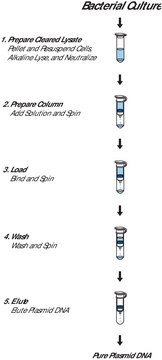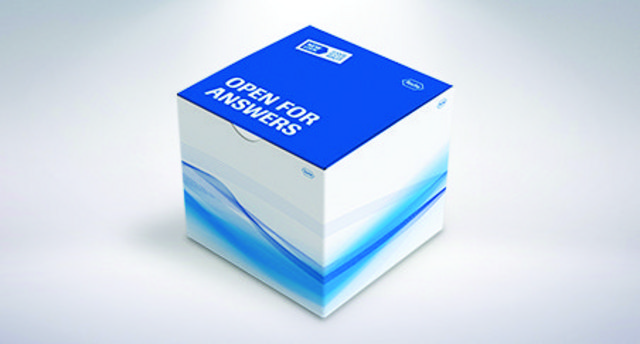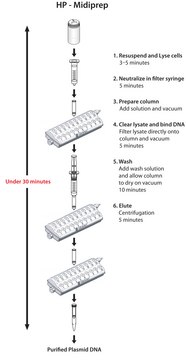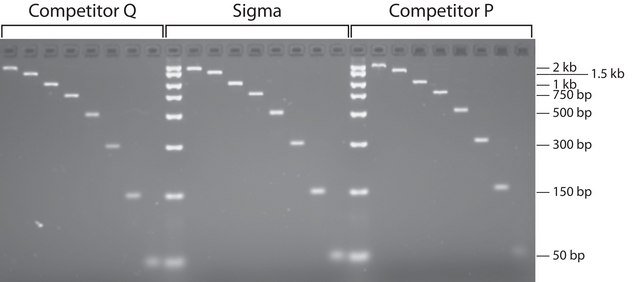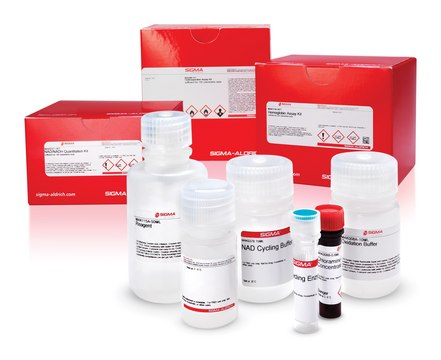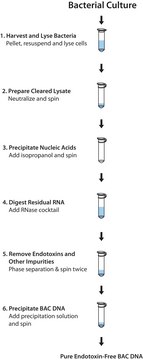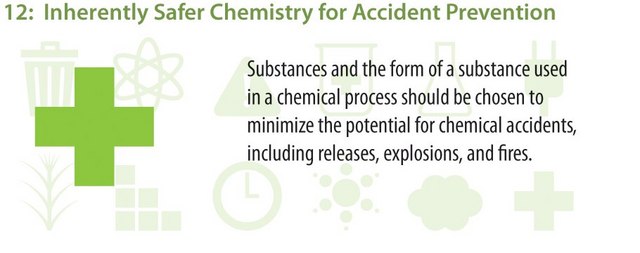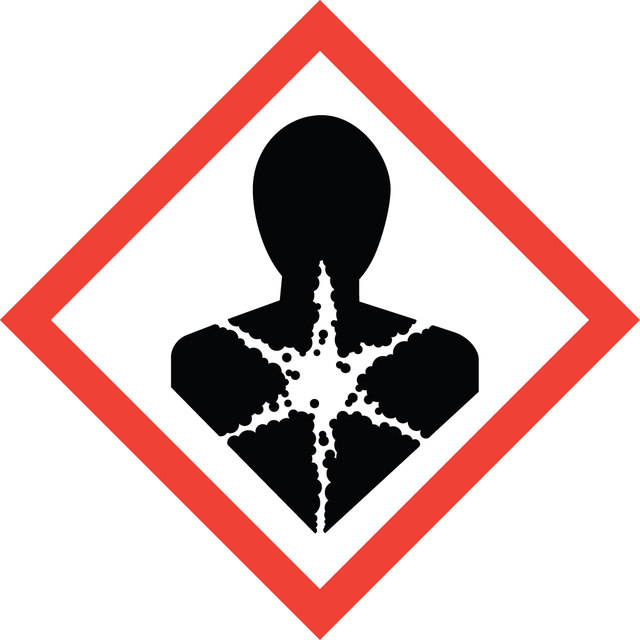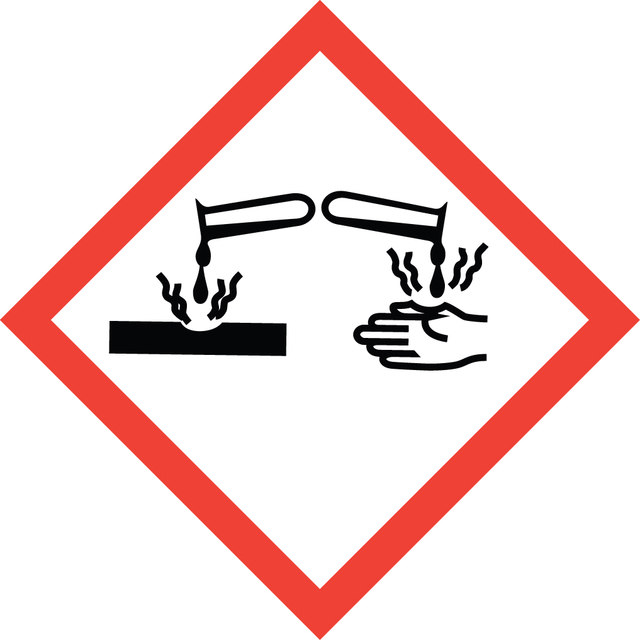Key Documents
Safety Information
NA0100
PhasePrep™ BAC DNA Kit
Scalable method for isolating large-molecular weight plasmids
Synonym(s):
BAC Kit
Select a Size
¥6,056.94
Available to ship on2025年4月11日Details
Select a Size
About This Item
¥6,056.94
Available to ship on2025年4月11日Details
Recommended Products
technique(s)
DNA extraction: suitable
storage temp.
15-25°C
Related Categories
1 of 4
This Item | PLD35 | NA0600 | NA0150S |
|---|---|---|---|
| storage temp. 15-25°C | storage temp. 15-25°C | storage temp. 15-25°C | storage temp. 15-25°C |
| Quality Level 200 | Quality Level 200 | Quality Level 200 | Quality Level 200 |
General description
Recombinant E. coli culture is harvested by centrifugation and subjected to a modified alkaline-SDS lysis procedure. Nucleic acid is precipitated from the cleared lysate; residual RNA is removed by a short digestion at elevated temperature with an RNase cocktail. Endotoxins and other impurities are removed by simple temperature-mediated extraction and phase separation. Finally the BAC DNA is selectively precipitated from solution.
The recovered BAC DNA is predominantly in its super-coiled form, free of RNA contamination, and ready for immediate use in downstream applications, such as sequencing, restriction digestion, cloning, and PCR.
Recombinant E. coli culture is harvested by centrifugation and subjected to a modified alkaline-SDS lysis procedure. Nucleic acid is precipitated from the cleared lysate; residual RNA is removed by a short digestion at elevated temperature with an RNase cocktail. Endotoxins and other impurities are removed by simple temperature-mediated extraction and phase separation. Finally the BAC DNA is selectively precipitated from solution.
Application
Features and Benefits
- Typical DNA yields of 2-100 μg from 5-500 mL of overnight cultures
- No phenol/chloroform extraction required
- Allows possible micro to maxi preps with the same kit
- No long waits for drip columns
- Typical DNA yields of 2-100 μg from 5-500 mL of overnight cultures
- Allows possible micro to maxi preps with the same kit
- No long waits for drip columns
Other Notes
Legal Information
Signal Word
Danger
Hazard Statements
Precautionary Statements
Hazard Classifications
Eye Irrit. 2 - Met. Corr. 1 - Resp. Sens. 1 - Skin Irrit. 2 - STOT SE 3
Target Organs
Central nervous system
Storage Class Code
8A - Combustible corrosive hazardous materials
Flash Point(F)
Not applicable
Flash Point(C)
Not applicable
Regulatory Information
Choose from one of the most recent versions:
Already Own This Product?
Find documentation for the products that you have recently purchased in the Document Library.
Our team of scientists has experience in all areas of research including Life Science, Material Science, Chemical Synthesis, Chromatography, Analytical and many others.
Contact Technical Service